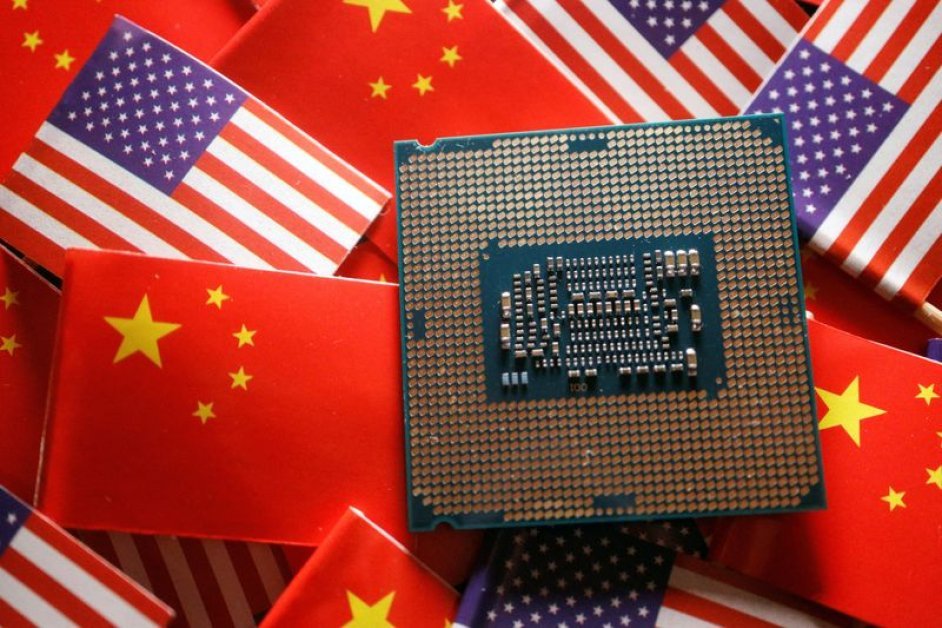As tensions between the United States and China continue to rise, the US government is implementing measures to restrict investments in China’s rapidly developing artificial intelligence and technology sectors. This action is part of a broader strategy to address concerns regarding national security and intellectual property theft. With both countries competing for global leadership in these crucial industries, the decisions made by the US could have significant implications for the future of technology and international relations. This article will delve into the potential consequences of these actions and examine how they might shape the technological landscape in the coming years.
Proposed Guidelines for Investment Restrictions in China
The US Treasury Department has released draft principles outlining the banning or notification requirements for specific investments in artificial intelligence and other technology sectors in China that could pose a threat to US national security. These proposed guidelines, along with a series of exceptions, follow an initial comment period subsequent to an executive order signed by President Joe Biden in August. The responsibility falls on US individuals and entities to determine which transactions may be restricted or prohibited.
A Broad Strategy to Safeguard US Technology
President Biden’s executive order, targeting certain US investments in semiconductors, microelectronics, quantum computing, and artificial intelligence, is part of a broader effort to prevent US technology from aiding China in acquiring advanced technology and dominating global markets. The US aims to enforce these regulations by the end of the year, with public feedback on the proposed principles open until August 4th.
Focus on National Security and Strategic Investments
The proposed rules aim to establish a focused national security program concerning specific outbound investments in critical sectors. While the primary focus is on China, Macau, and Hong Kong, the guidelines may expand to include other countries in the future. The regulations target transactions related to artificial intelligence for specific purposes and advanced systems powered by a designated level of computing capacity.
Implications for Investments and Technology Transfer
The guidelines include exceptions for publicly traded securities, restricted partnership investments, and transactions deemed to be in the US national interest. However, the rules may impact US-managed private equity and venture capital funds, as well as investments in Chinese subsidiaries and parents. The regulations also extend to equity investments, joint ventures, and debt that may convert to equity.
Preventing Technology Transfer to China
The restrictions also encompass limitations on exporting certain technologies to China, including advanced semiconductors. The objective is to prevent US resources from aiding China in enhancing its capabilities in these areas to modernize its military. Violations of the guidelines may result in criminal and civil penalties, with the possibility of unwinding investments.
International Cooperation and Coordination
The Treasury Department has engaged with US allies and partners to discuss the objectives of these investment restrictions. The European Commission and the United Kingdom are also considering measures to address outbound investment risks. By aligning strategies and collaborating with other nations, the US aims to safeguard its technological edge and national security interests.


